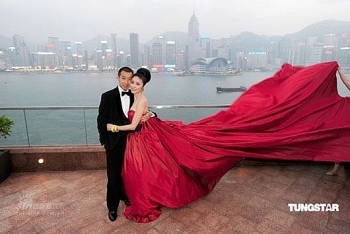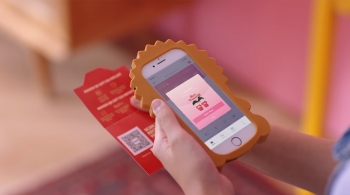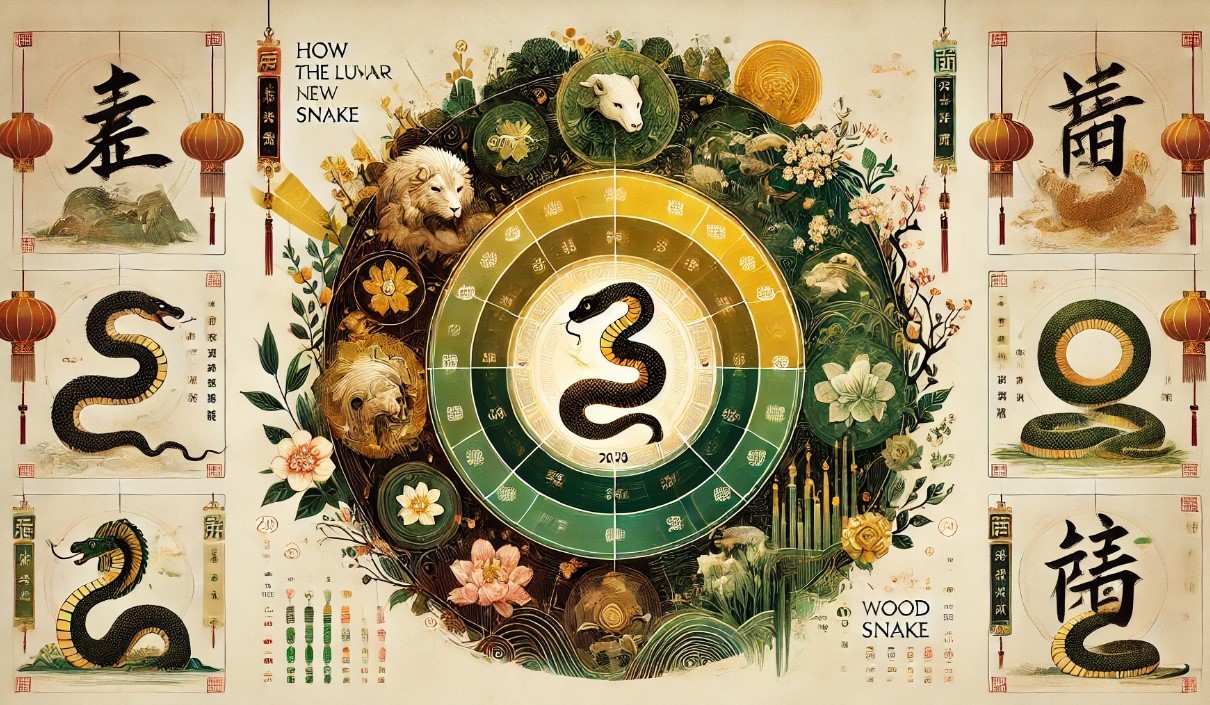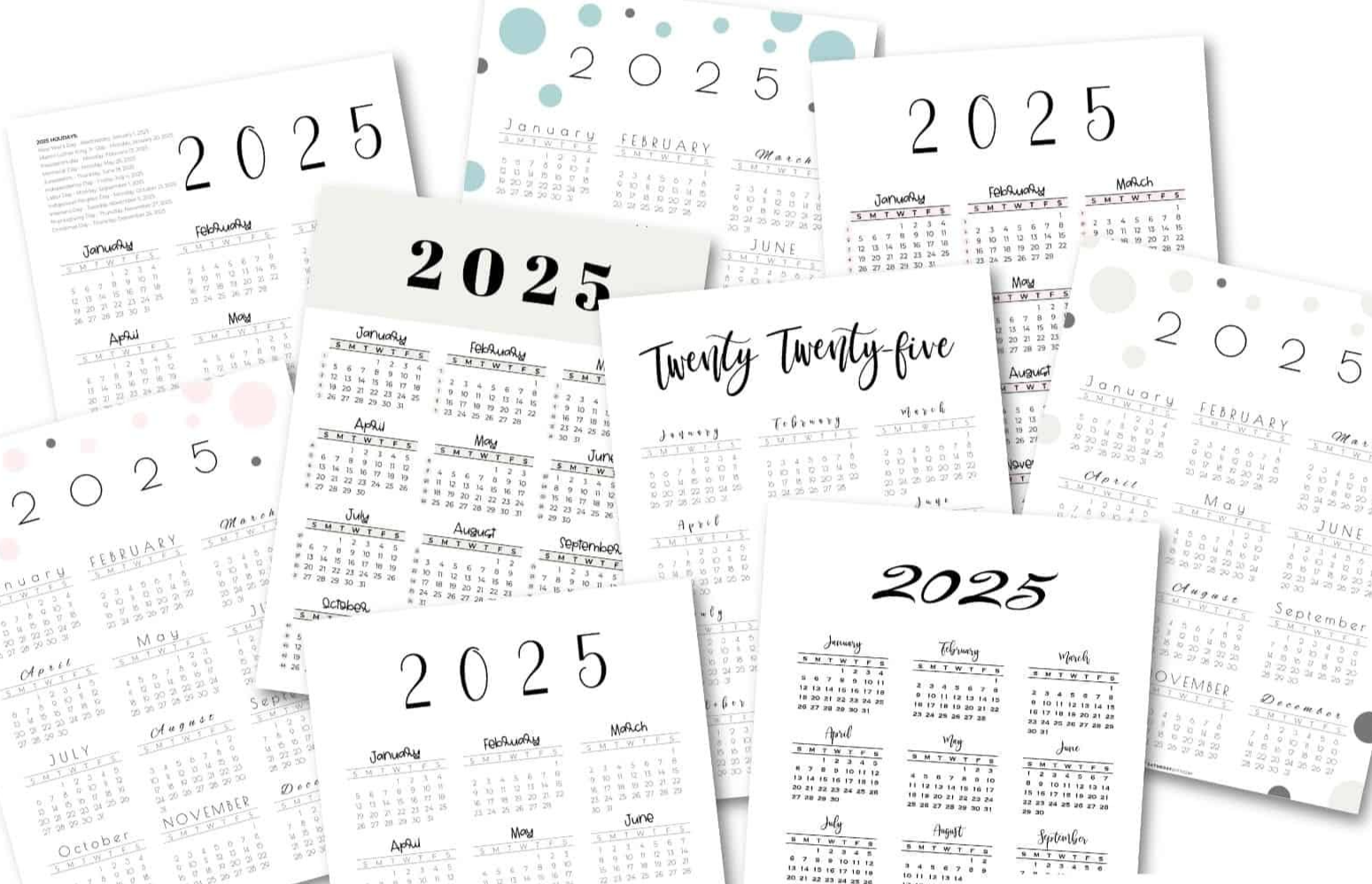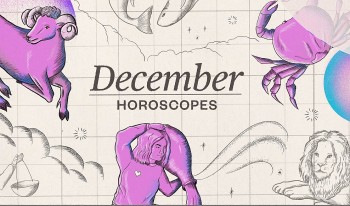10 Interesting Facts about Red Envelopes for Lunar New Year
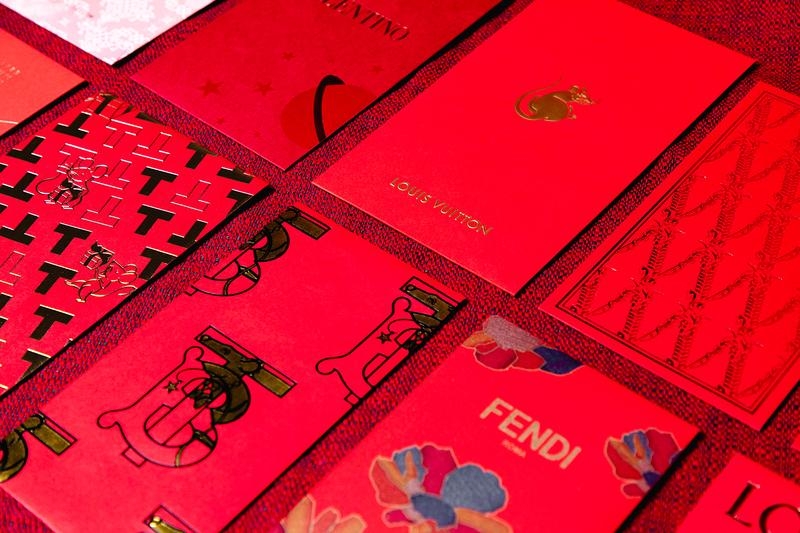 |
| At Lunar New ear, it's tradition to give the gift of a bright, beautiful red envelope (known as höngbäo) to your friends and family. Photo: Hype Beast |
| Table of Contents |
Giving your friends and family a beautiful red envelope, or höngbäo, is customary during Lunar New Year's festivities. Not just any old envelope, though. These represent luck and well wishes for the upcoming year and are loaded with cash. The envelope itself, rather than the money inside, is what makes the höngbäo so significant.
In East Asian cultures, including Chinese culture, the color red is associated with prosperity and good fortune.
10 Facts About the Red Envelope
1. Red envelopes are traditionally given to friends, family, coworkers, and many other relatives during the winter season, with varying amounts of money customarily allocated to each relationship. For instance, parents can receive a red envelope, but so can workers and even friends.
2. Some of the earliest Chinese New Year stories are the source of the custom of giving red envelopes. According to legend, on New Year's Eve, a demon called "Sui" would terrorize children as they slept, and parents would try to keep their kids up all night to protect them.
A child was given eight coins to play with on New Year's Day in an attempt to keep him awake, but he was unable to do so and eventually fell asleep with the coins on his pillow. Sui showed up, but just as he was about to touch the child, a strong light emanating from the coins—which were actually the Eight Immortals in disguise—pushed the demon away. The envelope, which represents the coins in today's world, is sometimes referred to as the Yasui qian, or "suppressing Sui money".
 |
| Photo: TED Ideas |
3. Since the Chinese pronunciation of the number four sounds like the word for death, the amount that is placed in envelopes never includes the number four, so there are never four, forty, or 400 amounts. However, lucky and prosperous numbers include the '8'. Press "8."
4. A lot of people trade digital files these days rather than traditional paper ones. These are digital bundles of actual money sent to friends' and relatives' smartphones. Even digital höngbäo can be sent by users to their preferred celebrities.
5. There are traditions and guidelines for giving envelopes. For instance, you should only put crisp, clean notes in a höngbäo. Long lines form at banks in the run-up to New Year's as people try to pay their bills.
6. Although red envelopes are most frequently linked with the New Year, they are also used to exchange good wishes and luck at many other events, such as weddings and births. However, hue matters: white envelopes are frequently given and received at funerals.
7. There are guidelines for accepting an envelope correctly. In the past, and in certain parts of China even now, children would kneel to accept their höngbäo from older family members. Additionally, red envelopes should never be given or received in the giver's presence; they should always be exchanged with hands. Something to keep in mind should you ever receive a red envelope.
8. The custom has transcended boundaries of culture and religion, and wearing green has even become customary during Eid al-Fitr Asia, an Islamic holiday. The Chinese and Southeast Asian diaspora celebrate it extensively in London and New York, and it is also widely practiced by them worldwide. Red envelopes are now widely used!
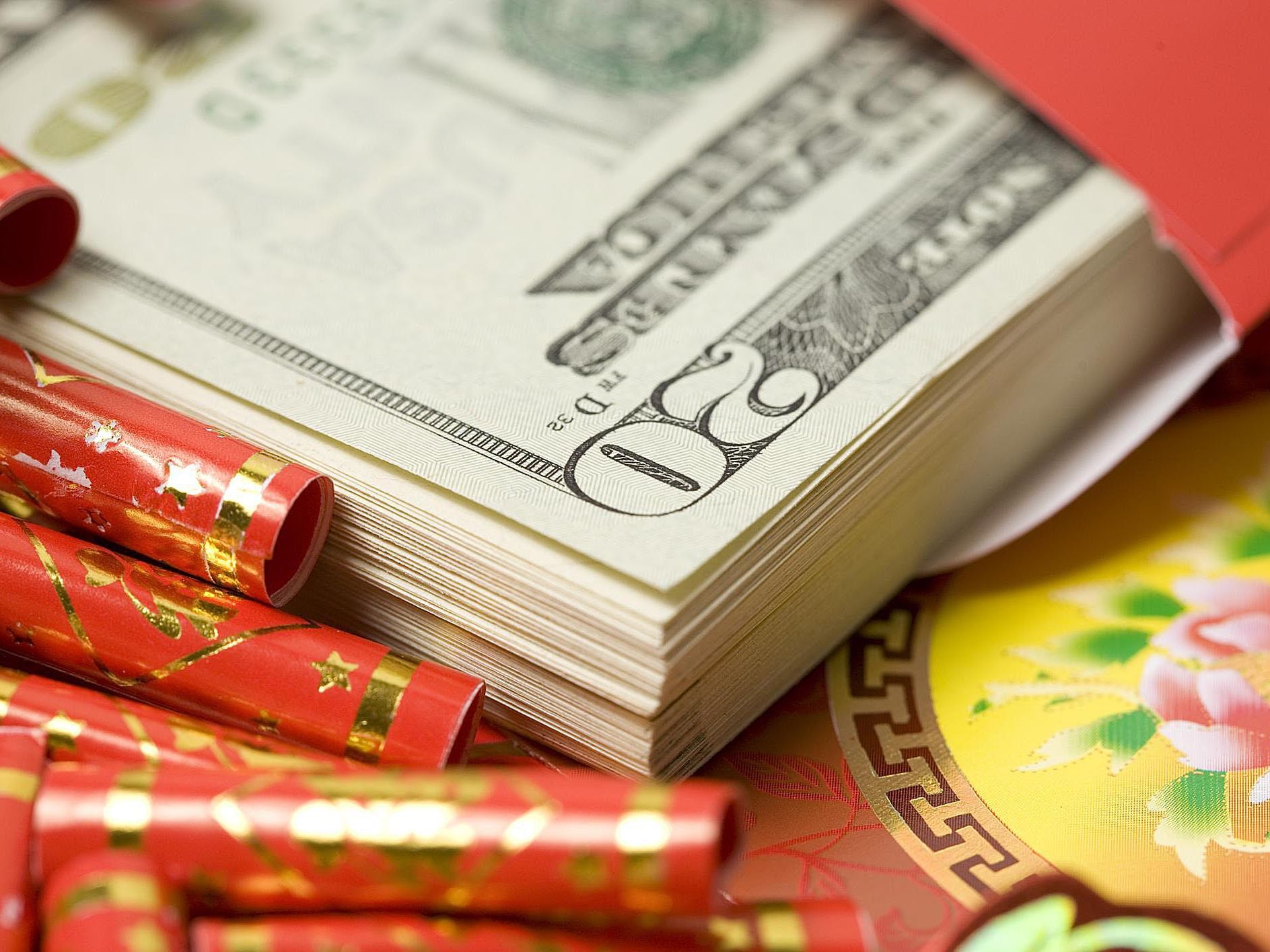 |
| Photo: ThoughtCo |
9. The Han Dynasty is when the New Year's money custom originated. Chinese New Year mentions that at the period, coins engraved with lucky sayings and symbols were used to ward off evil spirits.
Qiān qiū wàn suì (千秋万岁) and Tiān xià tài píng (天下太平) were frequent phrases in these coins. "Worldwide peace" and "longevity and fortune" are what they stand for.
These coins were cleverly tied together with red strings. New materials were employed as the practice evolved. These coins were wrapped in red paper until red envelopes eventually gained popularity as the medium.
Traditionally, this has only been done with immediate family and close friends. Red pockets are now distributed to coworkers as a social networking tool and even to acquaintances as a polite gesture.
10. In actuality, the red paper inside red envelopes is more significant than the money inside. It is believed that giving lucky money in red envelopes will increase the recipients' happiness and blessings. Therefore, it is considered rude to open a red envelope in front of the giver.
How to Give Red Envelopes
Here are the most common scenarios for giving red envelopes during Chinese New Year.
1. From Parents to their Children
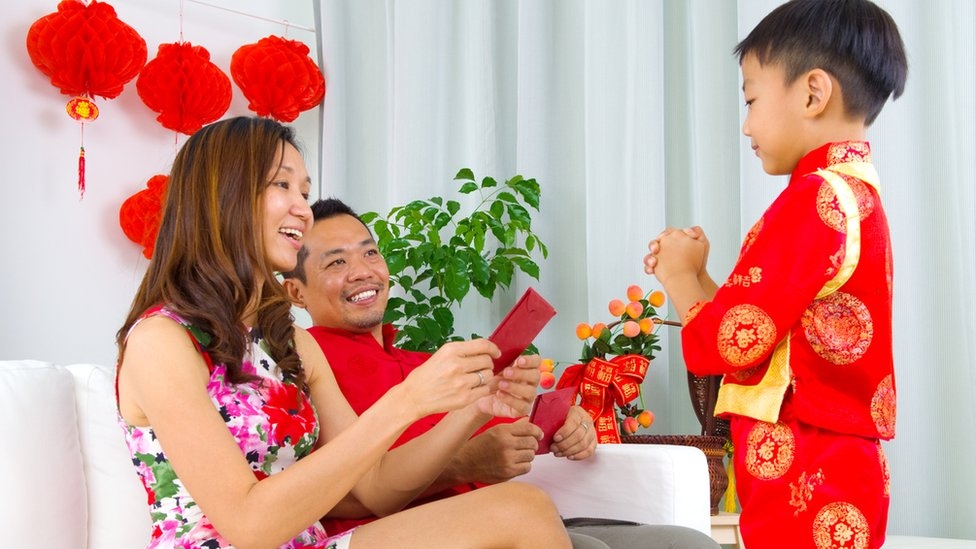 |
| Photo: BBC |
On New Year's Eve, it's customary to place a red envelope containing two tangerines (with the leaves still on, of course) by a child's bedside. Since material gifts are not given in Chinese New Year celebrations, the amount is typically around $20, which is sufficient for the child to purchase a toy on their own. Red envelopes are typically given to grandchildren in comparable amounts by grandparents when they visit during the days leading up to or on New Year's Eve.
2. From Married Adults to (Unmarried) Children in the Family
Giving red envelopes to others is a significant adult ritual that signifies your readiness to share your wealth and blessings with others. If you're married, get ready to visit your extended family over Chinese New Year and bring red envelopes for any young cousins and adult children who aren't married. A token payment of about $10 is suitable.
3. From Adult Children to their Parents
Giving your parents a red envelope is a gesture of respect that harks back to traditional ideas of filial piety. Give a sizable gift (between $50 and $100), and you should anticipate receiving a red envelope in return, which represents your parents' blessings.
4. When Visiting Family and Friends
 |
| Photo: ThoughtCo |
In the days that follow New Year's Day, family and friends are visited in a procession to wish them luck in the upcoming year. Bring a red envelope with about $20 for your hosts, in addition to any red envelopes you may bring for any children in the house. This envelope is usually placed in the middle of the Togetherness Tray of sweets while you snack together.
5. From Employers to Employees
Christmas bonuses, which are customary in Western workplaces, are replaced with red envelopes during Chinese New Year. Many employers give their workers a red envelope containing a month's worth of pay at the start of the holiday, along with a smaller "token of red" when they return to work, because they understand how expensive it can be to travel home for the holiday. If you have a Chinese nanny or housekeeper working for you, get ready to do the same.
Remember these fundamental guidelines for proper behavior when you give and receive red envelopes: Select fresh banknotes, avoid including coins, and hold off on opening your red envelopes until after you have parted ways. Even numbers are generally preferred, with the exception of 4. This is because 4 is similar to the word "death." Optional, but denominations with particularly uplifting symbolic meanings include the 8s (which rhyme with the word for good luck) and the 9s (which represent longevity).
Going back to what I said at the beginning, keep in mind that relationships are more important than red envelopes when exchanging them during Chinese New Year. Red envelopes are a way to bring your loved ones closer to you during the most significant time of the year, just like with Western gift-giving.
Best Red Envelopes
Fashion Luxe
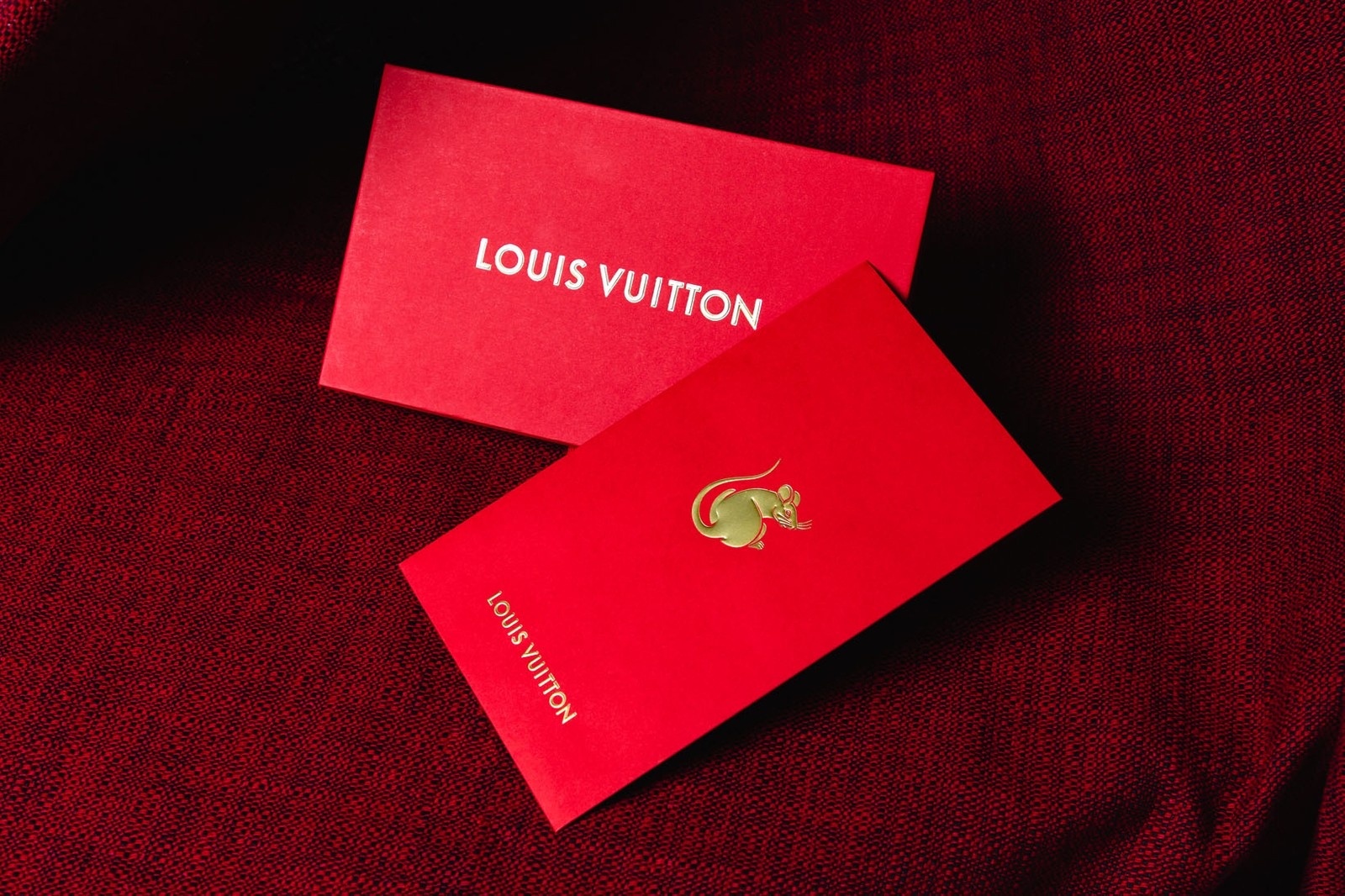 |
| Photo: Hypebae |
Everyone you would expect to be here. We value how straightforward it is to return to our origins by utilizing classic hues like red and gold. With the transition from red to a lovely rich burgundy over an elaborate floral pattern, Valentino had the most exquisite premium touch. Fashion labels such as Hermès, Dior, Christian Louboutin, and Moschino subtly reference the Year of the Ox motif by incorporating the animal's patterns alongside an abundance of golden grass. With its envelope box, Tiffany & Co. sticks to its signature blue color scheme, but adds touches of red and gold in the form of red paper pockets and brush stroke stampings.
Curveballs
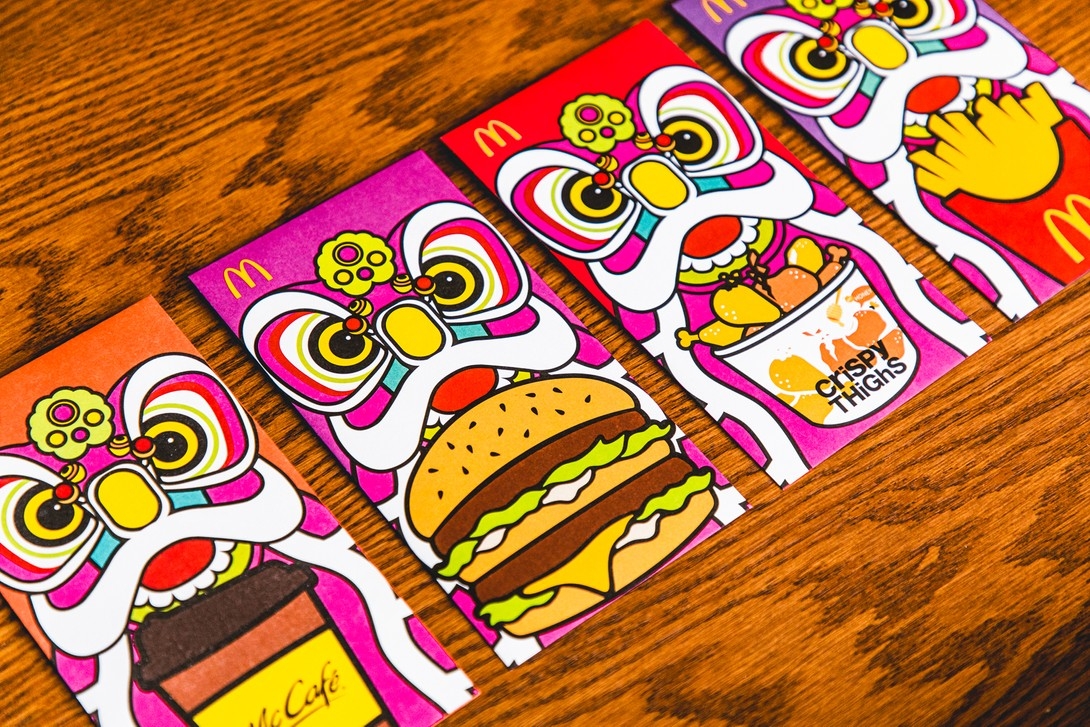 |
| Photo: Hype Beast |
These red pockets serve as evidence that anyone can participate. Once more, McDonald's enters with several vibrant envelopes. McDonald's has previously offered its interpretation of red pockets—in fact, they were among the first—and the fact that this collection of envelopes with fast food themes reflects the chain's popularity in Asia.
Yu Nagaba and Daniel Arsham were the artists hired by K11 Art Mall and K11 MUSEA, respectively, and their signature styles were used to cover the front of the pockets. This section is completed with an envelope shaped like a camera from Leica and a Porsche advertisement for their new Taycan all-electric vehicle.
Editor’s Picks
 |
| Photo: Hype Beast |
Here's where the creative ideas really start to flow. A three-dimensional paper cut-out box with additional texturing created by layering tonal color layers is provided by Audemars Piguet. This year, a BATHING APE also returns with a full-gold BABY MILO pocket and a red Shark Hoodie-inspired design. If you're all about color, CLOT, The North Face, and Rimowa all feature striking color combinations that are either integrated into classic woodblock graphics for CLOT, or spread out like a rainbow across individual envelopes. Three plush Daruma dolls from AAPE are used to wish good luck, and for CNY, HBX wackily turns its bubble packing envelopes into tiny red versions.
In other Chinese New Year news, lucky charms have been added by Nike to the LeBron 18 "Gong Xi Fa Cai."
Occasions for Red EnvelopesIt's red envelope season for Chinese New Year. Red envelopes, however, are not just used for Chinese New Year. Giving a red envelope is customary on special occasions like weddings, graduations, baby showers, and senior citizen birthdays. It's a customary way to exchange blessings and wish someone luck. |
|
With the Lunar New Year right around the corner, now’s the perfect time to up the good fortune ante. Here are 30 dos and don'ts ... |
|
While Lunar New Year might commonly be referred to as the Chinese New Year, this yearly celebration can be seen throughout Asia. Each countries enjoy ... |
|
The 2021 Lunar New Year is just around the corner and authorities are encouraging people to turn to virtual red packets and digital transactions, instead ... |

